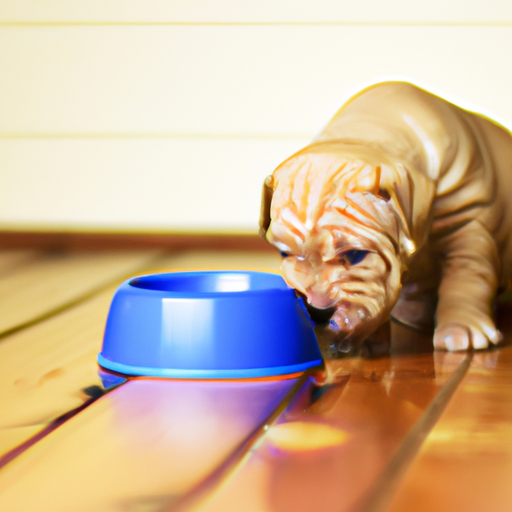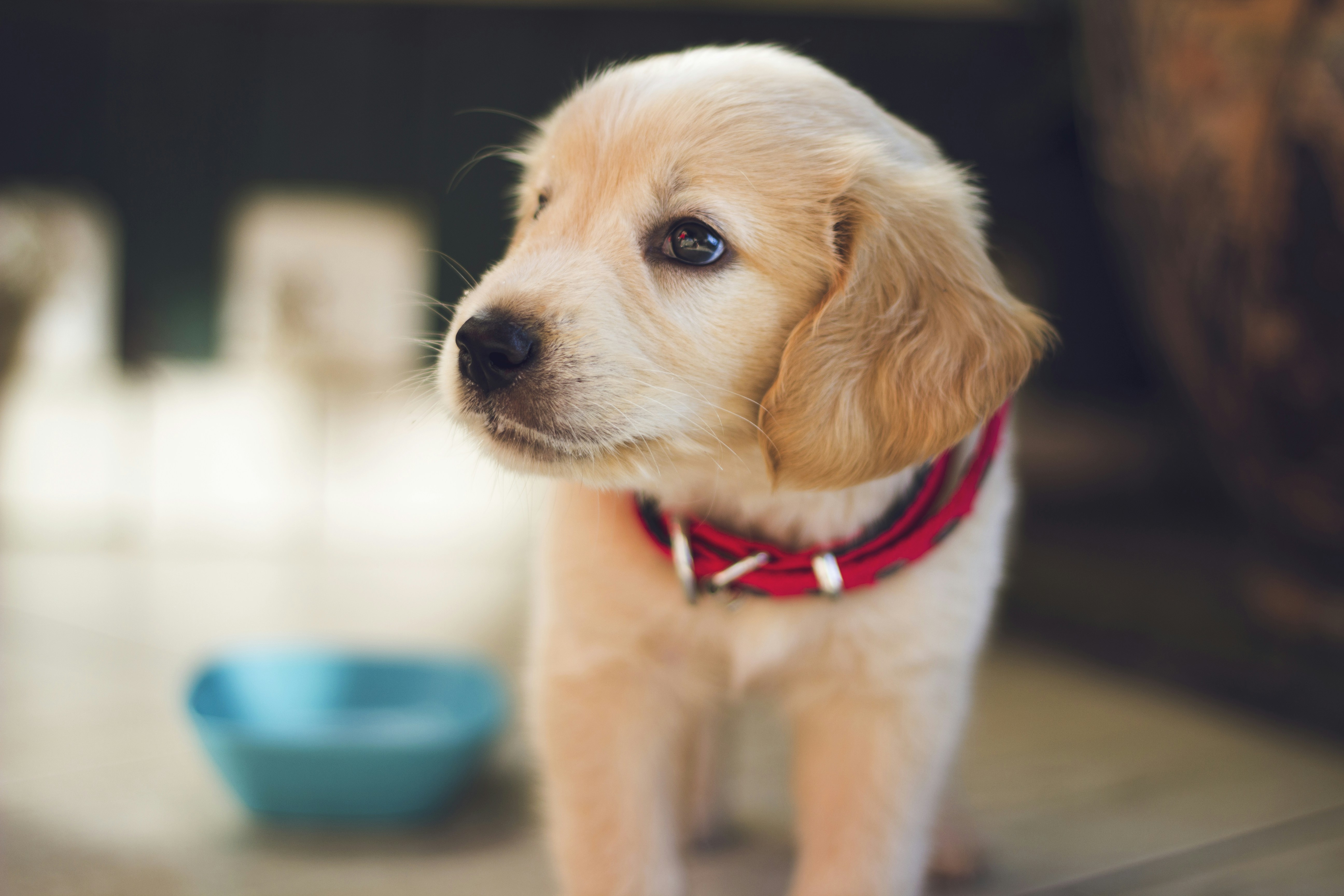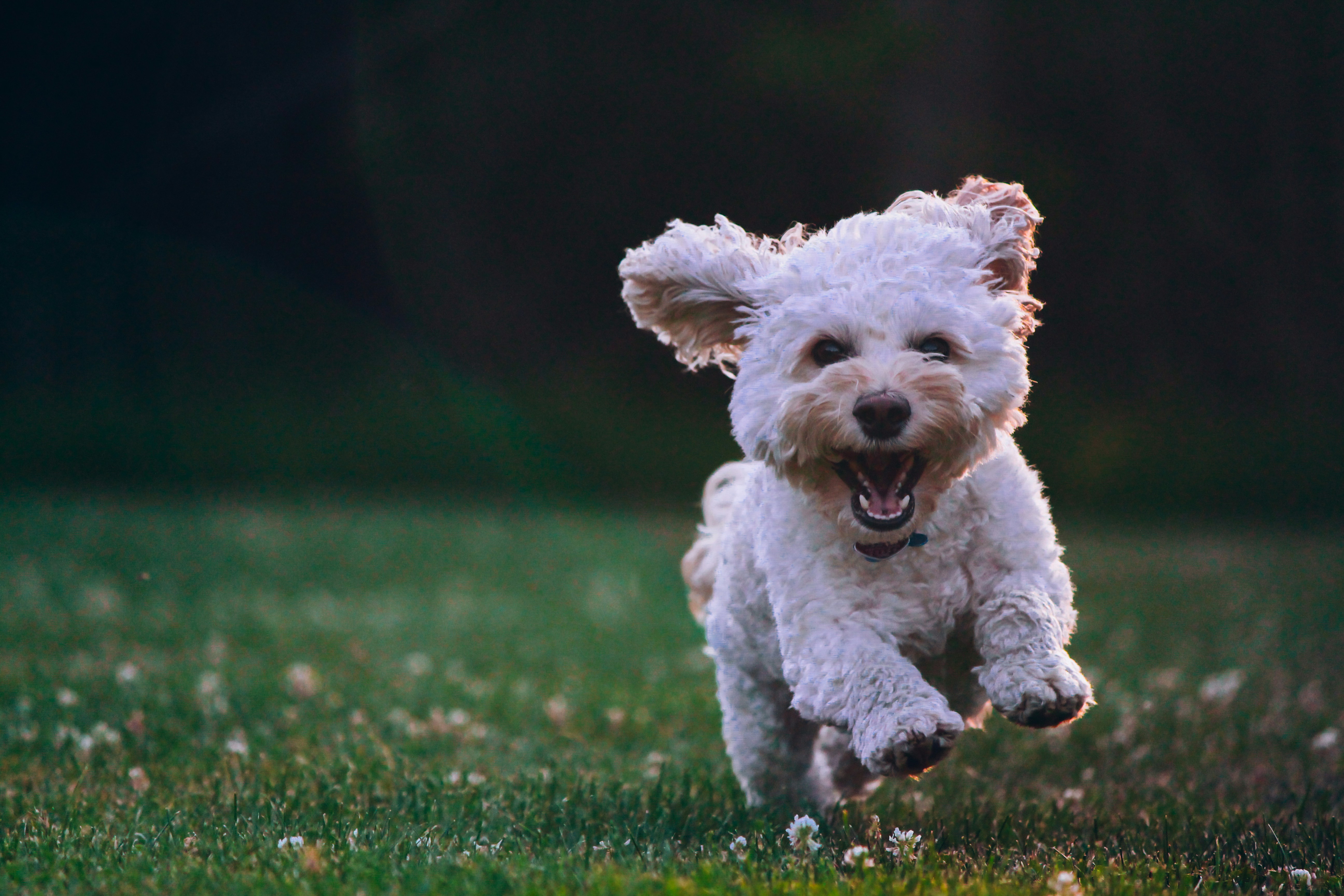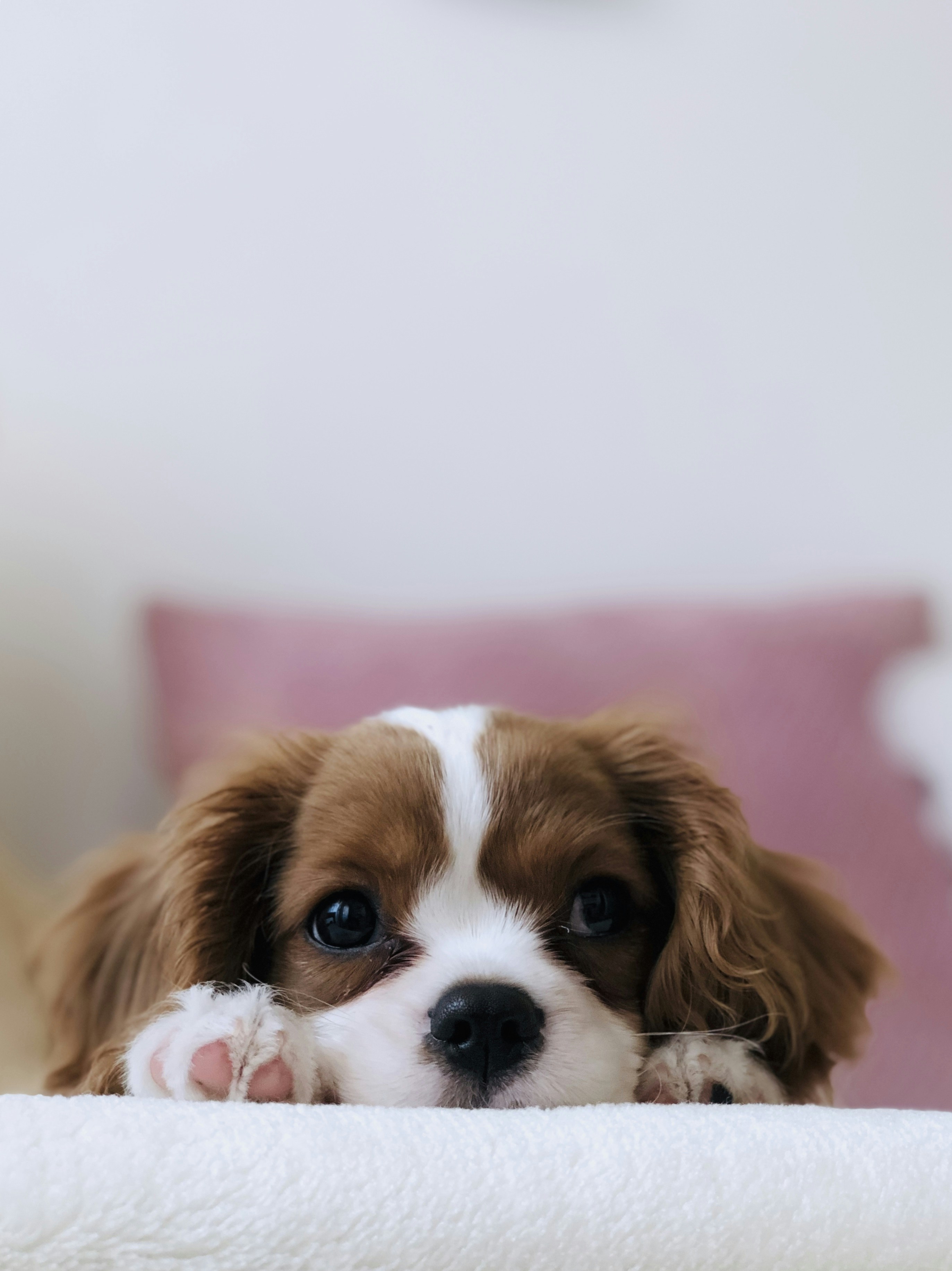In this article, you will learn some safe and effective methods for potty training a puppy indoors. Potty training can be a challenging task, especially when it comes to training your puppy to go indoors. However, with the right approach and consistency, you can successfully train your puppy to use a designated indoor potty area.
One method that can be effective is using puppy pads. These are absorbent pads that can be placed in a designated area for your puppy to use as a bathroom spot. You can gradually move the pads closer to the door and eventually transition them to an outdoor potty spot. Another method is crate training. By keeping your puppy in a crate when you can’t supervise them, you can teach them to hold their bladder and only eliminate in a designated area. Remember to praise and reward your puppy whenever they use the designated potty area correctly. Potty training a puppy can be a challenging task, but with the right methods and approach, it can be a smooth and successful process. Whether you live in an apartment, have limited outdoor space, or simply prefer to train your puppy indoors, there are several safe and effective methods you can utilize. In this article, we will explore nine different methods that can help you successfully potty train your puppy indoors.
Method 1: Crate training
Crate training is widely regarded as one of the most effective methods for potty training a puppy. The main concept behind crate training is that dogs have a natural instinct to keep their den clean, so they will avoid eliminating in their crate if properly trained.
Benefits of crate training
There are several benefits to crate training. Firstly, it helps with the process of housebreaking, as it teaches your puppy to hold their bladder and bowel movements. Additionally, crate training provides a safe and comfortable space for your puppy, where they can feel secure and relaxed. Finally, it can help with other areas of training, such as preventing destructive behaviors and separation anxiety.
| “As an Amazon Associate I earn from qualifying purchases.” | |||
Introducing the crate
To begin crate training, introduce your puppy to the crate gradually. Place bedding and toys inside the crate to make it inviting and comfortable. Leave the crate door open and let your puppy explore it at their own pace. You can also encourage your puppy to enter the crate by placing treats or food inside.
Establishing a schedule
Establishing a schedule is crucial when crate training a puppy. Take your puppy outside to eliminate first thing in the morning, after meals, and before bed. Also, ensure you take them outside after periods of play or excitement, as this can often trigger the need to eliminate. By following a consistent schedule, you will teach your puppy when and where they are supposed to eliminate.
Using positive reinforcement
Positive reinforcement plays a vital role in crate training and potty training in general. Whenever your puppy eliminates outside, praise them enthusiastically and offer treats as a reward. If accidents happen indoors, never punish or scold your puppy. Instead, clean up the mess and reinforce the idea of eliminating outside. Over time, your puppy will associate eliminating outside with positive experiences, making them more likely to repeat the behavior.
Method 2: Paper training
Paper training is another effective method to potty train a puppy indoors. This method involves designating a specific area where your puppy can eliminate on newspapers or training pads.
Setting up a designated area
Choose a designated area in your home for your puppy to use for elimination purposes. This area should be easily accessible and away from high-traffic areas. Cover the floor with layers of newspapers or training pads to protect your flooring from any accidents.
Creating a routine
Establish a routine for your puppy’s paper training. Take them to the designated area at regular intervals, such as after meals, naps, or playtime. Keep an eye on your puppy and look for signs that they need to eliminate, such as sniffing or circling around. When your puppy starts to eliminate on the papers, praise them and offer treats as positive reinforcement.
| “As an Amazon Associate I earn from qualifying purchases.” | |||
Gradual removal of papers
As your puppy becomes more comfortable with using the designated area, start gradually reducing the size of the papered area. This will encourage your puppy to choose a specific spot within the designated area for elimination. Over time, you can completely remove the papers once your puppy consistently eliminates in the desired spot.
Positive reinforcement
Similar to crate training, positive reinforcement is crucial when paper training a puppy. Reward your puppy with praise and treats when they eliminate in the designated area. Avoid punishment or scolding in the case of accidents indoors. Instead, clean up the mess and continue with the paper training process.
Method 3: Artificial grass pads
Artificial grass pads provide an alternative to paper training and can be a convenient and effective method for indoor potty training.
Choosing the right grass pad
When selecting an artificial grass pad, look for one that is specifically designed for dogs and is easy to clean. The grass pad should have a tray or a catchment system to contain any liquids. Ensure it is large enough for your puppy to comfortably eliminate on.
Introducing the grass pad
Place the grass pad in a designated area of your home, such as a laundry room or bathroom. Introduce your puppy to the grass pad and encourage them to use it for elimination. Use positive reinforcement, such as praise and treats, when your puppy eliminates on the grass pad.
Establishing a routine
Create a consistent routine for taking your puppy to the grass pad. Take them to the designated area after meals, naps, or playtime, and encourage them to eliminate on the grass pad. Establishing a routine will help your puppy understand where and when they should eliminate.
Managing accidents
Accidents may happen initially when using an artificial grass pad. When accidents occur, clean up the mess promptly and avoid scolding or punishing your puppy. Instead, focus on reinforcing the desired behavior of using the grass pad. With patience and consistency, your puppy will learn to use the grass pad for elimination.
Method 4: Bell training
Bell training is a unique method that encourages your puppy to alert you when they need to go outside to eliminate.
Introducing the bell
Hang a bell on a string by the door that you use to take your puppy outside for elimination. Encourage your puppy to touch or paw at the bell by using treats or guiding their nose towards it. This will help your puppy associate the bell with going outside to eliminate.
Teaching the puppy to ring the bell
Once your puppy is familiar with the bell, encourage them to ring it before going outside. You can do this by holding a treat near the bell and waiting for your puppy to touch it, causing the bell to make a sound. Immediately open the door and take your puppy outside to eliminate.
Using positive reinforcement
Positive reinforcement is crucial when bell training your puppy. Each time your puppy rings the bell and eliminates outside, praise them enthusiastically and offer treats as a reward. With consistent positive reinforcement, your puppy will learn to associate ringing the bell with going outside to eliminate.
Expanding bell training to outdoor areas
Once your puppy consistently rings the bell to go outside, you can expand the training to other doors or areas in your home. This will help your puppy communicate their need to eliminate regardless of where they are in your house.
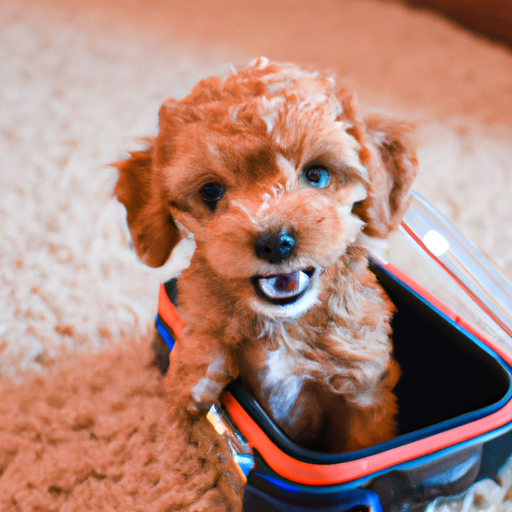
Method 5: Constant supervision
Supervision plays a crucial role in potty training a puppy indoors. Keeping a close eye on your puppy allows you to catch any accidents in progress and redirect them to the appropriate area.
Keeping an eye on the puppy
When your puppy is out of the crate or designated area, supervise them closely. Watch for signs that they need to eliminate, such as sniffing, circling, or squatting. If you notice any of these signs, immediately redirect your puppy to the designated potty area.
Interrupting and redirecting accidents
If you catch your puppy in the act of eliminating in an inappropriate area, clap your hands or make a noise to startle them gently. Pick up your puppy and bring them to the designated potty area. Avoid punishing or scolding your puppy, as this can create fear or confusion.
Rewarding successful potty trips
Whenever your puppy eliminates in the appropriate area, praise them and offer treats as a reward. Positive reinforcement helps reinforce the desired behavior and encourages your puppy to repeat it in the future.
Consistency is key
Consistency is crucial in potty training your puppy. Stick to a regular schedule for feeding, playtime, and potty breaks. By being consistent, your puppy will learn when and where they should eliminate.
